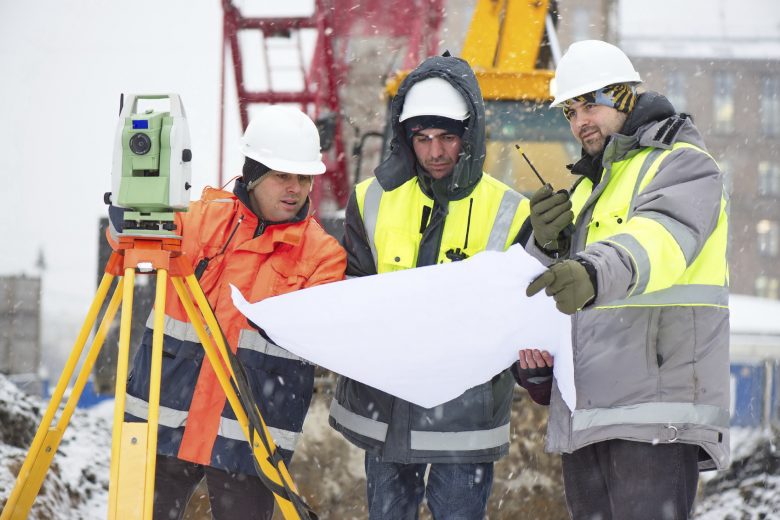Construction sites are dangerous places. Some of the dangers—like heavy construction equipment—is obvious. But there are also hidden dangers of working in construction that, while not obvious, lead to injuries every day.
Protecting construction workers and creating a safe construction environment requires companies to go beyond the minimum safety rules and start addressing these five common construction safety challenges.
Skewed perception of risk
The largest and loudest dangers on a construction site rarely cause the most injuries. That’s because workers are safest when they’re focused on the hazard, and hazard awareness is highest during complex tasks or when the risks are obvious.
However, workers who’ve been on construction sites for many years are prone to becoming desensitized to smaller, ongoing, but very real hazards. Our experience here at Safe Start has shown us that workers underestimate their chances of getting hurt performing the activities they’ve gotten used to carrying out on a regular basis. Being exposed to risk every day instills a belief in many workers that they’re invulnerable. That can lead workers to stop thinking about risk—and that’s precisely when an accident is most likely to occur.
Unavoidable environmental hazards
Constructions workers have to contend with a constantly shifting environment. As the weather changes or the landscape is altered over the course of a construction project, new hazards can appear and old hazards can take on a different shape. As this online talk on slips, trips and falls explains, one of the reasons there are so many slips, stumbles, twisted ankles and same-level falls on construction sites is because the environment changes and construction workers don’t make the mental adjustments required to avoid injury.
This is one of the most frustrating issues for construction safety managers. Because you can’t always eliminate the small hazards (like uneven surfaces) then you have to change how employees behave on-site. That’s nearly impossible to do unless you integrate human factors training into your approach to construction safety.
High turnover
Many construction companies have high employee turnover, and with good reason: contracts tend to be short, the need for employees is constantly changing, and many workers are always on the lookout for jobs elsewhere. The end result is that there’s often limited time for employers to conduct safety training beyond the mandatory minimum safety measures.
The irony is that to properly protect workers, construction safety managers have to go beyond compliance rather than meet only the bare minimum OSHA requirements. The challenge is to figure out how to do standard training as well as provide human error prevention training in short periods of time in order to get the most value from an investment in safety training.
Lack of communication
Not all good supervisors are natural communicators; though they can ensure a job gets done well, they sometimes lack the skills required to deliver a good toolbox talk or provide clear, effective communications on essential safety issues. Failures in communication makes for a more hazardous workplace overall and down the road can lead to employees who are less engaged in safety. Because many supervisors get promoted because they’re good at their job, not because they’re natural leaders, additional training focused on safety leadership skills may be required.
States of mind
Every construction contract comes with a deadline and a budget. Added to these pressures are employees’ own concerns—leaving work in time to make it to a child’s baseball game or being tired from a weekend-long trip with the family. All of this can create a powerful incentive to rush, or can make workers fatigued enough that they forget about hazards on the construction site.
States of mind and other human factors can contribute to an elevated injury rate. Dealing with them is no small feat either. Of all the challenges on this list, this one is the one that makes the most sense to get help from the outside. Hiring a safety training company that specializes in combating human factors can go a long way to mitigating the risks of rushing, frustration fatigue and complacency.
A good training vendor may even be able to help solve some of the other issues noted above—so when you speak to safety training providers use this list to evaluate how well they can address your construction safety challenges.

